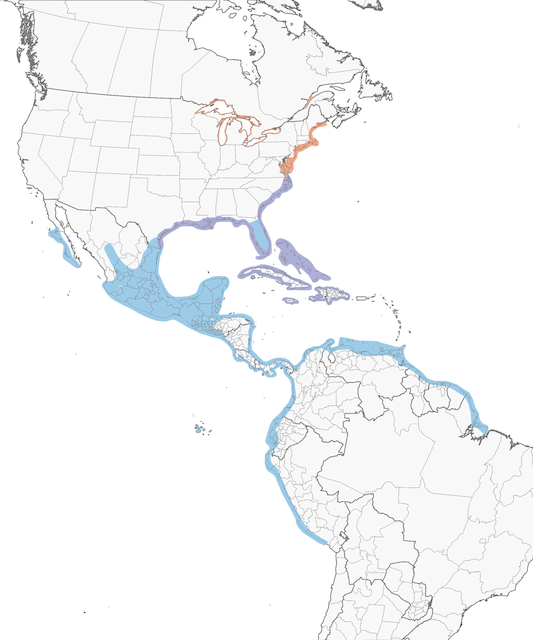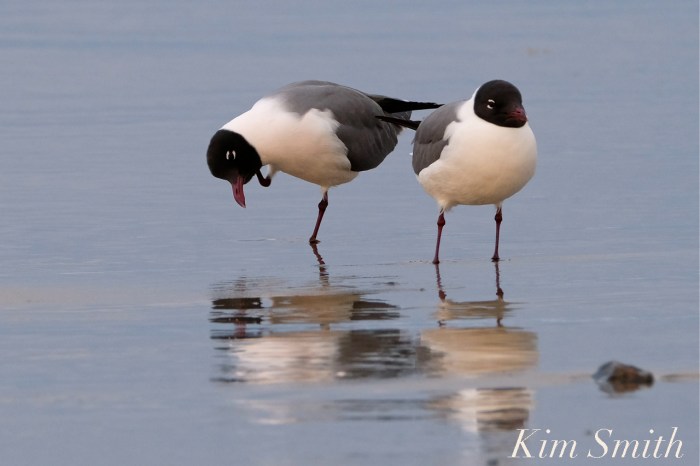 Over the past several weeks we have been graced with a bevy of beauties arriving on our shores, some here to stay to nest for the summer, and for some, we are a stopover to their breeding grounds further north, a place to rest and refuel.
Over the past several weeks we have been graced with a bevy of beauties arriving on our shores, some here to stay to nest for the summer, and for some, we are a stopover to their breeding grounds further north, a place to rest and refuel.
Last night a pair of Laughing Gulls was spotted foraging at the shoreline at Good Harbor Beach, earlier in the week a pair of Yellow Legs was at GHB in the early morning, and last week, a flock of Brant Geese, a trio of Black-bellied Plovers, and a Willet were observed. Our gardens, woodlands, meadows, and dunes have come alive with Ruby-throated Hummingbirds, Yellow Warblers, Eastern Phoebes, American Robins, Baltimore Orioles, Eastern Towhees, Bobolinks, Carolina Wrens, Brown Thrashers, Eastern Bluebirds, and dozens more species of songbirds.
The striking black-hooded Laughing Gull breeds in Massachusetts, but was nearly extirpated because of the plume and egg hunters of the late 19th and early 20th centuries. They began to make a comeback, only to be devastated again by larger gulls expanding their southward range. Laughing Gulls are adaptable and today their numbers are increasing.
I’ve seen single Laughing Gulls at Good Harbor, but this is the first pair. Perhaps they are breeding at Salt Island or Thacher Island. Wouldn’t that be wonderful 🙂

Laughing Gull breeding and wintering range
 Beautiful few moments when the sun was trying to break through the bank of clouds
Beautiful few moments when the sun was trying to break through the bank of clouds
 Super high tides at Good Harbor Beach this week; notice how close to the dune’s edge is the line of seaweed left by the last tide.
Super high tides at Good Harbor Beach this week; notice how close to the dune’s edge is the line of seaweed left by the last tide.











